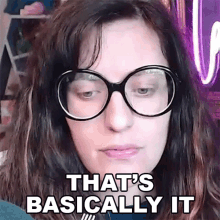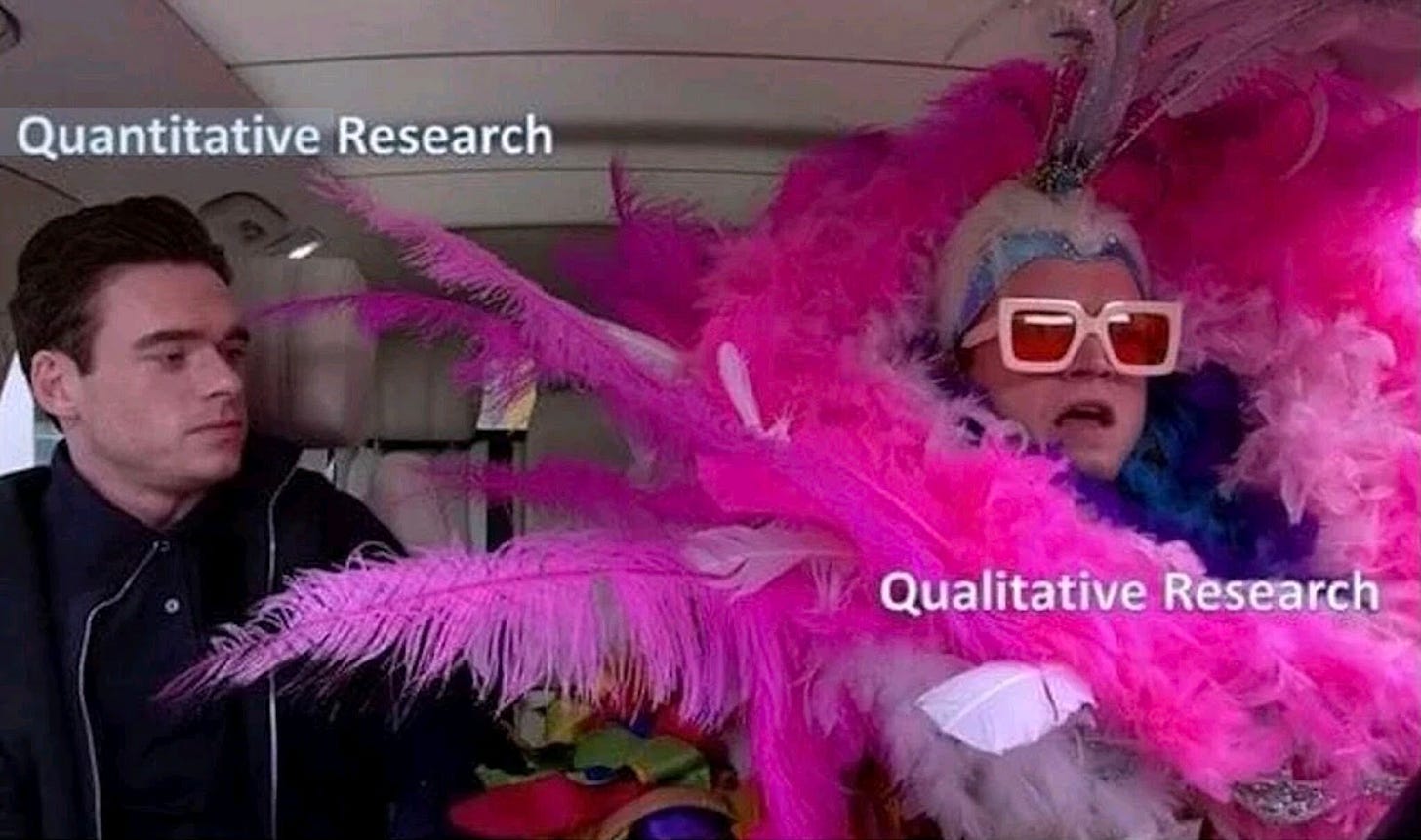Newsletter
Purple Search is a monthly newsletter about design, research, tech, and the self. I’ve also published this post on substack’s blog/newsletter platform. If you like what you see and would like to receive each issue in your mail, subscribe here. 😉
My academic background in History interests me, but it wasn’t my choice. I selected it because my parents thought my desire to study psychology would stunt my career prospects in Nigeria. So, we compromised. I preferred History to Law — which was what they wanted me to study — and my parents thought it was better than Psychology and equal to Law careerwise.
When I, still an undergraduate History student, was in my third year, my university joined the nationwide lecturer’s strike. After languishing for a few months, hoping the strike and COVID pandemic would end, I began mulling over what I wanted to do with my life. I had been writing and photographing, but I didn’t want them as careers.
Later, I discovered tech. It started when I began to fiddle with my personal website which I used to house my publications and photographs. Web and Graphic design fascinated me. I learnt them for a while, picked up a bit of HTML/CSS while I constantly googled an occupation that combined design and psychology. Each time I searched, the results were always a list of “UI/UX Design” articles. Once I learnt the difference between the two, I paid for IxDF’s membership, applied for a few training programs and began my reading spree.
Read more…
Read this story of how I transitioned into UX.
A year later, I decided that UX Research (UXR) was what I wanted to do. Mixed-methods UXR. Yet, I realised that my UXD training did not prepare me — not even remotely — for UXR. The only materials that really introduced UXR to me were the IxDF’s user research and psychology-related courses. Most articles and training programs I found described UXR as a hurried, unintentional and perfunctory task. You know, for the sake of it.
Well, I’m here, still in my fourth fifth year of school. Striking lecturers are badgering the government to accept their demands. The government, as always, spills indifference. They would rather sue the lecturers than accept their demands. And I feel stagnant, job hunting, now learning from Michele Rosen’s ALAP Series to upskill, kill two birds with one stone, trying to prevent the strike — this unnecessary prolongment — from affecting my mental health and typing this newsletter hoping that someone reading this will relate to my story and learn from the resources I’ll recommend 🙂.
Basically…
UX Research is how we discover and understand people’s attitudes and behaviours in a given context to improve the services or products they use.

Nope! Let’s go deeper.
Defining UXR
This IxDF article introduces the topic well. It’ll align you with what it is, the approaches (discovering perceptions & behaviours) and subsets (understanding the whats & whys) of UXR.
Meanwhile…

Adding to the resource above, CuriosityTank’s Is Ask Like a Pro right for me event made me understand that a UX Researcher should strive to ask the right people the right questions.
“A Researcher’s role isn’t to know the right answers. It’s to know how to ask the right questions.”
Michele Ronsen, Founder of CuriosityTank
Because asking the right questions will give you significant feedback. It’s a mentality, let’s look at how you can sear it into your brain 🔥.
I’m recommending this UXR guide because it educates you about UXR, its process and practice.
Bonus!
How do you break into UXR? Listen to Eniola Abioye:
Flip the switch
I’ve shown you what UXR is. Let’s look at what it isn’t.
UX Research is not market research
You can, however, combine them to uncover details about your market and users. Think of UXR as learning about people’s interaction with a product or service and market research as learning about or discovering specific audiences and segments. Nikki Anderson outlines their differences and similarities and how they interact.
It is not something you do for the sake of it
It’s an intentional affair and unless you have a very good reason (like needing to improve something) or specific questions you want to answer you shouldn’t do UXR blindly.
Michele Ronsen talks about when not to do UXR:
Resource
Or maybe read the article 😄.
Myths of UXR
What are those “UXR facts” that some peddle as true but are not?
Pay attention to:
- Myth 1: “User Research Provides Stunning, New Revelations”. The truth is “User Research Provides Very Useful Information—and Perhaps a Few Amazing Insights”.
- Myth 4: “User Research Involves Asking Users What They Want”. Truth: “User Research Is About Inferring What Users Need“.
- Myth 6: “Don’t Listen to Users”. Please listen, attitudes matter. Whether you listen or not is contextual. As the article says: “Don’t just listen to users or uncritically do exactly what they say you should do.” The truth is: “Listening to Users Is a Key Part of User Research”.
- Myth 8: “User Research Is Usability Testing”. No, usability testing is just a part of it.
Summary: resources recommended
- What is User Research? | Interaction Design Foundation (IxDF)
- UXR/User Experience Research – UX Lex | Curiosity Tank
- Breaking into User Research—with Eniola Abioye of SVB | User Interviews
- Finding the Intersection Between Market Research & User Research | Dscout
- UX Research Field Guide | User Interviews
- 7 Reasons Not To Do User Research with Michele Ronsen | User Interviews
- 10 User Research Myths and Misconceptions | UXmatters
Finito
That’s it. Thank you for reading!
Why don’t you share this newsletter with your network hmmm?
I hope you’ll learn a few things from my recommendations.
If you like & if you haven’t subscribed… 😏✓
Let’s connect!
More to come next month. Tell me what you think by commenting on this post.
Talk to you later…

Newsletter
Purple Search is a monthly newsletter about design, research, tech, and the self. I’ve also published this post on substack’s blog/newsletter platform. If you like what you see and would like to receive each issue in your mail, subscribe here. 😉
